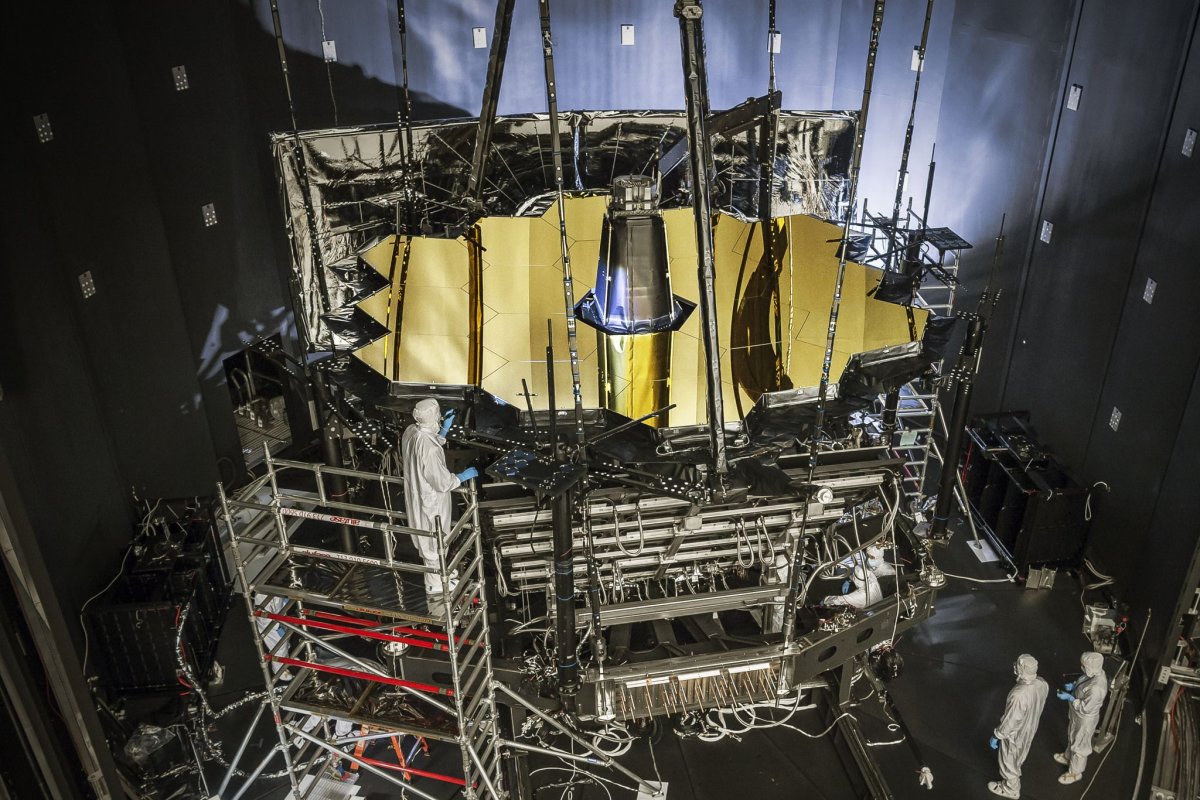
Astronomers have seen the most distant galaxy ever as more than just a red dot. NASA's Hubble Telescope has captured a picture of the young SPT0615-JD galaxy, which existed more than 13 billion years ago.
While astronomers have observed some galaxies at this distance, they have only appeared as tiny red pin pricks. A strange phenomenon called gravitational lensing has allowed astronomers to see this ancient galaxy bigger and brighter than any others from this distance.
Astronomers predicted the size and mass of the remote galaxy by analysing the Hubble images. The embryonic galaxy is relatively small, at only 1/100th the mass of our Milky Way. It measures less than 2,500 light years across, while our galaxy is about 100,000 light years in diameter. It existed just 500 million years after the beginning of the universe.
The results have been posted to the preprint physics server arXiv, and submitted for publication in The Astrophysical Journal Letters.
Gravitational lensing
The team of astronomers were able to see the tiny galaxy because of a weird effect known as gravitational lensing. A massive galaxy cluster called SPT-CL J0615-5746 sits in the foreground of the newly discovered SPT0615-JD.
This big cluster bent the light from the small galaxy as it traveled toward Hubble. This made the SPT0615-JD appear far brighter, and smudged its appearance into an arc. The telescopic images were able to pick up far more light from the galaxy because of this bending.
Space telescopes

Scientists are still limited in their ability to observe galaxies at great distances in space. The Hubble Space Telescope—a joint project of NASA, the European Space Agency and the Space Telescope Science Institute—is due to be retired at some point in the 2020s. The upcoming James Webb Telescope, however will be the world's biggest space telescope.
James Webb is due to be launched in 2019 after a series of delays, and could help astronomers get a much better look at distant parts of the cosmos. The study authors predict that SPT0615-JD's "unprecedented" lensing will offer a treasure trove of data for the new space telescope.
Uncommon Knowledge
Newsweek is committed to challenging conventional wisdom and finding connections in the search for common ground.
Newsweek is committed to challenging conventional wisdom and finding connections in the search for common ground.
About the writer
Katherine Hignett is a reporter based in London. She currently covers current affairs, health and science. Prior to joining Newsweek ... Read more
To read how Newsweek uses AI as a newsroom tool, Click here.








